NICABM – Help Clients with Trauma-Related Dysregulation
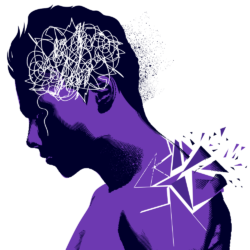
Expert Strategies to Help Your Client Break Free of Trauma-Induced Cycles of Reactivity, Hypervigilance, and Fear
If you work with trauma, you likely see clients who are dysregulated.
That means you know how hard therapy can be when a client is reactive and easily triggered. Not only that, you know how much of a strain that puts on a client’s relationships, their work, and the way they approach the world.
So to help clients widen their window of tolerance more effectively, we need to:
- Understand the neurobiological difference between processing trauma and reliving it
- Downregulate the brain’s alarm systems and restore higher cognitive functioning
- Help clients explore the edges of their window (without triggering them)
That’s why we brought together four masters in the field of trauma (Bessel van der Kolk, MD, Pat Ogden, PhD, Stephen Porges, PhD, Ruth Lanius, MD, PhD) to get their expert insights on working with trauma-related dysregulation.
You’ll get their best strategies for working with the brain, body, and nervous system to help clients ground in the present, increase their window of tolerance, and process trauma.
How to Help Clients Come Back from Trauma-Related Dysregulation

How to Help the Traumatized Brain Manage Distress
Bessel van der Kolk, MD Ruth Lanius, MD, PhD
- A Two-Step Process to Help Clients Stay Present and Learn from New Experiences
- Three Strategies That Can Improve the Traumatized Brain’s Capacity to Focus and Engage
- Mindfulness-Based Practices That Can Increase a Client’s Ability to Manage Distress
- One Essential Part of Treatment Clients Often Try to Avoid (and How to Help Them Embrace It)

How to Bring a Client Back from a State of Hypoarousal
Pat Ogden, PhD
- What Happens in the Body During Hypoarousal (and How This Can Impact Your Approach)
- Two Important Factors to Keep in Mind When Working with Hypoarousal
- A Somatic Approach That Can Help Clients Prevent Themselves from Slipping into Hypoarousal

How to Know Whether Your Client’s Dysregulation Is a Symptom of Bipolar Disorder or Trauma
Ruth Lanius, MD, PhD
- One Key Symptom That Can Help You Distinguish Emotional Dysregulation from Bipolar Disorder
- The Critical Difference Between a Manic State and Trauma-Related Anxiety

The Profound Impact of Attachment on a Client’s Ability to Self-Regulate
Pat Ogden, PhD Bessel van der Kolk, MD
- Two Specific Coping Skills That Children with Disorganized Attachment Often Adopt
- The Critical Difference Between Trauma and Disorganized Attachment (and How it Impacts a Client’s Ability to Self-Regulate)
- One Vital First Step in Addressing Dysregulation

Brain-Based Approaches for Bringing Clients Out of Dysregulation
Stephen Porges, PhD Ruth Lanius, MD, PhD Pat Ogden, PhD
- How to Help Clients Calm Their Bodies and Reengage the Thinking Brain
- The Critical Difference in the Brain Between Processing and Reliving Trauma
- How to “Retrain” the Brain’s Alarm System and Restore Higher Cognitive Functioning

Expert Strategies to Help Clients Expand Their Window of Tolerance
Bessel van der Kolk, MD Pat Ogden, PhD Stephen Porges, PhD
- A Polyvagal Approach to Helping Clients Tolerate Dysregulation
- Practical Tools that Can Help Clients Self-Soothe
- The Crucial Role of Presence in Expanding a Client’s Window of Tolerance
- Specific Breathing Exercises That Can Help Calm the Body
Here’s What You’ll Get:
Everything is yours to keep forever in your professional library
| – | Downloadable videos so you can watch at your convenience, on any device |
| – | Audio recordings you can download and listen to at home, in the car, at the gym or wherever you like |
| – | TalkBack Segments to distill key ideas (this is where we “land” the session) |
| – | Next Week in Your Practice sessions to give you concrete strategies to use with patients |
| – | Professionally-formatted transcripts of the sessions, to make review and action simple |
| – | Three downloadable bonus videos to help you work more effectively with clients who are dysregulated |
Plus, You’ll Get Practical Tools to Help You Take Action Immediately and Effectively
Synthesize Key Concepts So You Can Use Them Immediately
In the TalkBack Session, Ron Siegel, PsyD and Ruth Lanius, MD, PhD join me to dig more deeply into the key ideas. Our job is to make yours easier by streamlining the information and making sure each point is crystal clear. We’ll clarify critical concepts and break it all down so you can gain confidence in your understanding.

Discover Concrete Practices That Will Work in Your Life (and with Your Patients)
Then, with “next week” in mind, we’ll turn smart ideas into easy-to-use applications for your work. In Next Week in Your Practice, Joan Borysenko, PhD and Bill O’Hanlon, LMFT join me to give you specific practices and exercises based on each session. You’ll get strategies you can use with your clients right away.
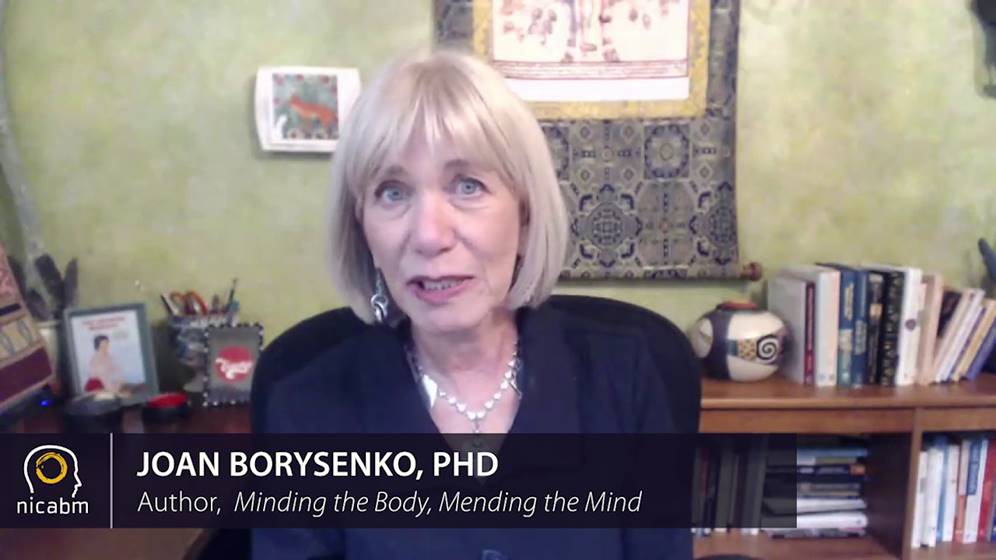
Uncover Core Ideas and Techniques at-a-Glance So You Have a “Cheat Sheet” When You Need It Most
The QuickStart Guide will help you stay fresh and confident as you turn these teachings into action. We’ve gathered all the essential tools and methods from the program into a concise, easy-to-use guide so you can quickly review and apply these ideas when you need them most. It’s an at-a-glance reference to the most powerful concepts and strategies for working with patients who have experienced trauma.
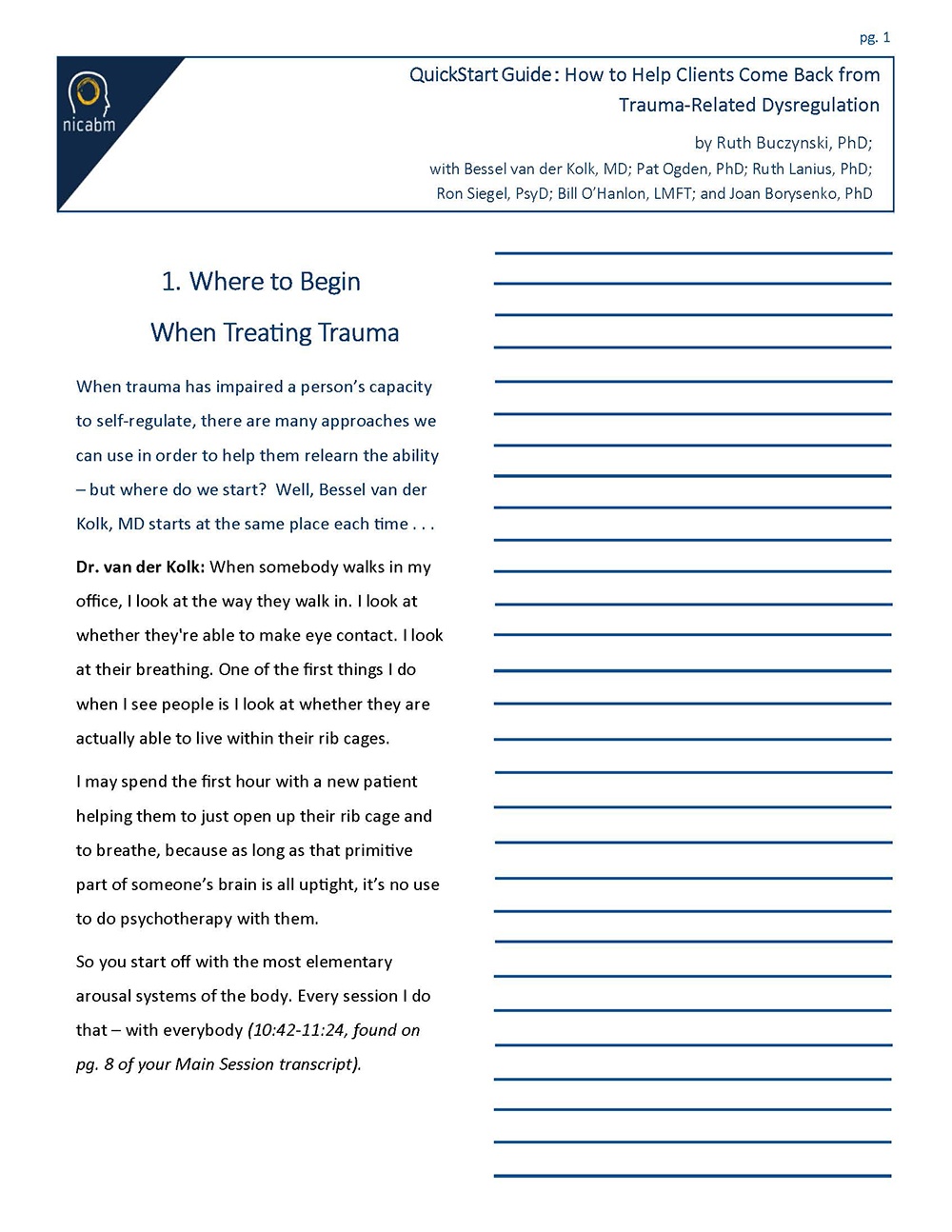
Quickly Recall Crucial Details So You Can Apply Them with Confidence
Our Professional Transcript will help you reinforce key ideas so you can integrate them into your life and work. We’ve designed your transcript with an easy-to-use table of contents, clear, organized formatting, and helpful highlight quotes so you’ll have the information and exercises you need at your fingertips.
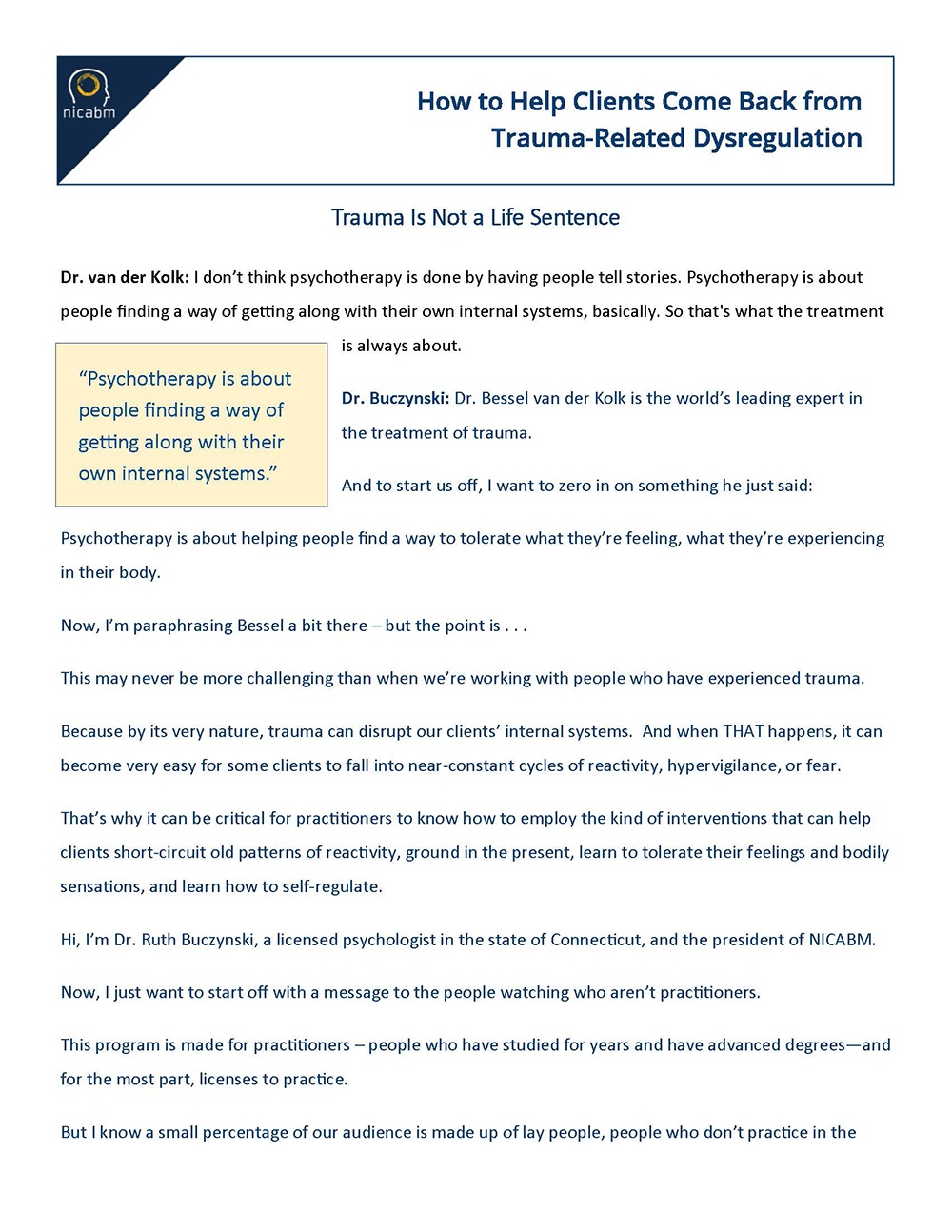
Here’s What Your Peers Have Experienced In NICABM Programs

. . . instrumental in opening my mind and heart to understanding trauma.
“These seminars have been instrumental in opening my mind and heart to understanding trauma. They are brief and accessible and of such high quality that I’ve been able to glean real understanding and a starting point for further study. I can’t say enough about them. I have recommended them to so many of my colleagues and they say the same things I do about them. Thank you Ruth!”
Angela Lawrence, Drug and Alcohol Counselor
British Columbia, Canada

The material covered has . . . fully supported my purpose, enhancing my knowledge of the theories behind the actions taken.
“I am a soldier, who works with other soldiers and their families (The PTSD Retreat), in reference to PTSD. We, as soldiers, are all taught the very basics of PTSD, in what we call “death-by-PowerPoint,” but it never goes beyond this. Indeed, it is repeated over and over, without change, and it rarely if ever gets to the families. The material covered in here has fully supported my purpose, enhancing my knowledge of the theories behind the actions taken. I am so grateful to have been able to follow this series and look forward to furthering my education with this entity. Thank you”
D. Nicole Johnson, Drug and Alcohol Counselor
Starr Founder, The PTSD Retreat

. . . very cost effective and practical . . .
“These programs offer a broad spectrum of both information and specific guidelines with top experts in different fields of addressing human suffering. All in a very cost effective and practical way. Rather than thousands of dollars spent on the cost of conference I can learn in the comfort of my own home or office, on my own schedule. Certainly recommend any of these series to my colleagues.”
Ian Macnaughton, PhD, Psychotherapist
Vancouver, BC, Canada

My clients have been able to build their confidence. . .
“My clients have been able to build their confidence in their ability to self-regulate on their own in pretty difficult situations, including work and family of origin situations. Their success has then built their self-esteem as they can see that they can be successful in changing some fairly habitual ways of interacting and hurting themselves. It is a positive cycle that builds upon itself”



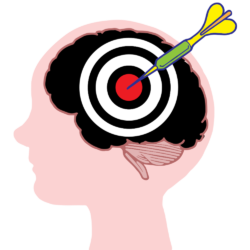



Reviews
There are no reviews yet.